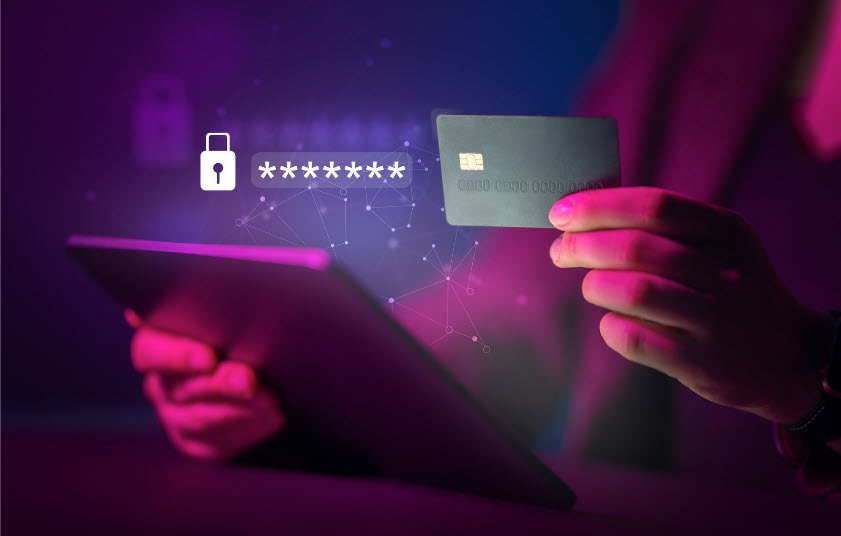Two significant risks that have recently gained traction are session hijacking and phishing scams. These attacks can have severe consequences, including compromised data, financial loss, and damage to your reputation. In light of these rising threats, we want to remind you of the importance of staying aware and taking proactive steps to protect both your personal and business information.
What is Session Hijacking?
Session hijacking occurs when an attacker takes over a user’s active session, often by stealing session cookies or exploiting weak session management. This allows the attacker to impersonate the user and gain unauthorised access to their accounts or systems, often without the user even realising it.
Example: Imagine an employee working remotely and logging into their company’s network using a secure VPN. While they are active, a cybercriminal intercepts the session cookies sent to and from the employee’s device, giving them full access to the user’s session. The attacker can then access sensitive business data, make unauthorised changes, or even steal confidential information, all while remaining undetected by the employee.
Phishing Scams: A Gateway to Cyberattacks
Phishing scams typically start with deceptive emails designed to trick the recipient into revealing personal information, such as login credentials or financial details. These emails often appear legitimate, using branding from trusted organisations or even colleagues, making them difficult to identify at first glance.
Phishing emails commonly contain links to fake websites designed to capture your login details or attachments that, when opened, can infect your system with malware. Once a cybercriminal has access to a user’s credentials, they can easily move on to more damaging attacks, including session hijacking.
Example: An employee receives an email that appears to be from the IT department, warning that their account is about to be locked and urging them to click a link to confirm their credentials. The link leads to a fraudulent website, where the employee unknowingly enters their username and password. The attacker then uses this information to hijack their session and gain access to internal systems.
How These Attacks Work Together
Phishing and session hijacking often go hand in hand. Phishing is frequently used to gather the credentials needed to execute session hijacking. Once a cybercriminal has compromised login details, they can use them to hijack the user’s session and gain access to sensitive business systems.
This dual threat makes it crucial for businesses to take a comprehensive approach to cybersecurity. Without the right precautions, organisations can find themselves exposed to severe risks that could be costly to recover from.
Protecting Your Business: Best Practices
To mitigate the risks of session hijacking and phishing scams, businesses should adopt a multi-layered approach to cybersecurity:
- Employee Awareness: Conduct regular phishing awareness training sessions. Teach employees how to identify suspicious emails and the signs of a phishing attempt—such as unusual requests, generic greetings, and unfamiliar links.
- Multi-Factor Authentication (MFA): MFA adds an additional layer of protection. Even if an attacker obtains login credentials, they won’t be able to access critical systems without the second authentication factor.
- Secure Session Management: Ensure that your systems use encrypted sessions and that inactive sessions are automatically logged out. Additionally, monitor sessions for unusual activity, such as simultaneous logins from different locations.
- Advanced Email Security: Use email filtering tools to identify and block phishing attempts before they even reach the inbox. Many modern email systems can detect fraudulent content and warn users of potential threats.
- Regular Security Audits: Regularly audit your network and application security to identify vulnerabilities before cybercriminals can exploit them. Ensure that all software is up to date and that patches are promptly applied.
- Incident Response Plan: Establish a clear response plan for when an attack is detected. Having predefined procedures in place helps mitigate damage and ensures that your team can act quickly to resolve the issue.
In Summary
Session hijacking and phishing scams are real and growing threats that can have a significant impact on businesses, including those in Australia. By training your team to recognise the signs of phishing, implementing multi-factor authentication, and employing robust session management protocols, you can greatly reduce the risk of a successful attack.
With cybercrime on the rise, taking these proactive steps is vital to ensure the safety of your data, reputation, and business operations.


